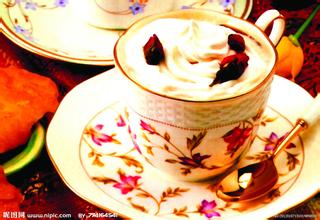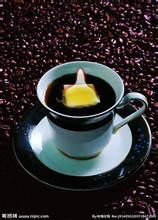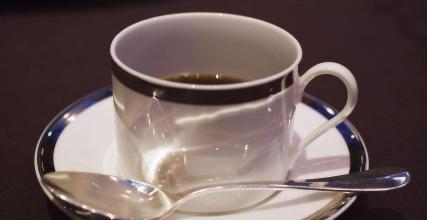The Origin of Kopi Luwak espresso caffeine
Civets like to pick the sweetest, purest and juiciest fruits of the coffee tree for food. The coffee fruit passes through its digestive system, and only the pulp on the outside of the fruit is digested. The hard coffee beans are then excreted intact by the civet's digestive system.
In this way, in the process of digestion, the coffee beans have produced unparalleled magical changes, the flavor tends to be unique, the taste is particularly mellow, and the rich and mellow sweet taste is unmatched by other coffee beans. This is because the civet's digestive system destroys the protein in the coffee beans, making the coffee produced by the protein much less bitter, but increasing the round taste of the coffee beans.
Because wild civets are obviously better at picking good coffee fruits, which makes this coffee have extraordinary characteristics. Coconut cats are omnivorous animals. In addition to eating seeds for a living, they also eat insects, snakes, birds, amphibians and reptiles. Therefore, the feces emitted by real wild coconut cats will be mixed with various substances. Indonesian local farmers catch coconut cats to raise and feed coffee beans to make them. However, there was still a certain difference between artificial cultivation and natural cultivation. Cat poop coffee is produced from the feces of Indonesian coconut cats (a kind of civet cat), so it is called "cat poop coffee". This kind of animal mainly feeds on coffee beans. After fermentation in coconut cat stomach, protein is destroyed, short peptides and more free amino acids are produced, the bitter taste of coffee will be reduced, and the feces discharged will be the main raw material. Since coffee beans cannot be digested, they will be excreted. After washing and baking, they become cat feces coffee. Coffee critic Chris Rubin said,"The bouquet is so rich and intense, and the coffee is incredibly rich, almost syrupy. The thickness and chocolaty texture of it, and lingering on the tongue for a long time, pure aftertaste."

Important Notice :
前街咖啡 FrontStreet Coffee has moved to new addredd:
FrontStreet Coffee Address: 315,Donghua East Road,GuangZhou
Tel:020 38364473
- Prev

Cultivation techniques of Coffee History of Botany Coffee roasting
The cultivation technology editor requires that the origin of coffee tree [4] is in Ethiopia in Africa. In botany, coffee trees belong to the evergreen trees of the subgenus Rubiaceae, and coffee beans, commonly known as coffee beans, are actually the seeds of the fruit of coffee trees. They are called coffee beans only because they are shaped like beans. Climate is the decisive factor for coffee cultivation. Coffee trees are only suitable for growing in the tropics or
- Next

Introduction to the origin and development of coffee the use of curling kettle
There are many legends about the discovery of coffee. There is a legend that in the 13th century, there was a prince in Ethiopia who found that his camel loved to eat a small oar fruit on a bush, and he was very excited and energetic after eating it. So he also picked some small berries to taste, and finally discovered this refreshing coffee drink coffee flower. Another legend is that Gong
Related
- Does Rose Summer choose Blue, Green or Red? Detailed explanation of Rose Summer Coffee plots and Classification in Panamanian Jade Manor
- What is the difference between the origin, producing area, processing plant, cooperative and manor of coffee beans?
- How fine does the espresso powder fit? how to grind the espresso?
- Sca coffee roasting degree color card coffee roasting degree 8 roasting color values what do you mean?
- The practice of lattes: how to make lattes at home
- Introduction to Indonesian Fine Coffee beans-- Java Coffee producing area of Indonesian Arabica Coffee
- How much will the flavor of light and medium roasted rose summer be expressed? What baking level is rose summer suitable for?
- Introduction to the characteristics of washing, sun-drying or wet-planing coffee commonly used in Mantenin, Indonesia
- Price characteristics of Arabica Coffee Bean Starbucks introduction to Manning Coffee Bean Taste producing area Variety Manor
- What is the authentic Yega flavor? What are the flavor characteristics of the really excellent Yejasuffi coffee beans?

